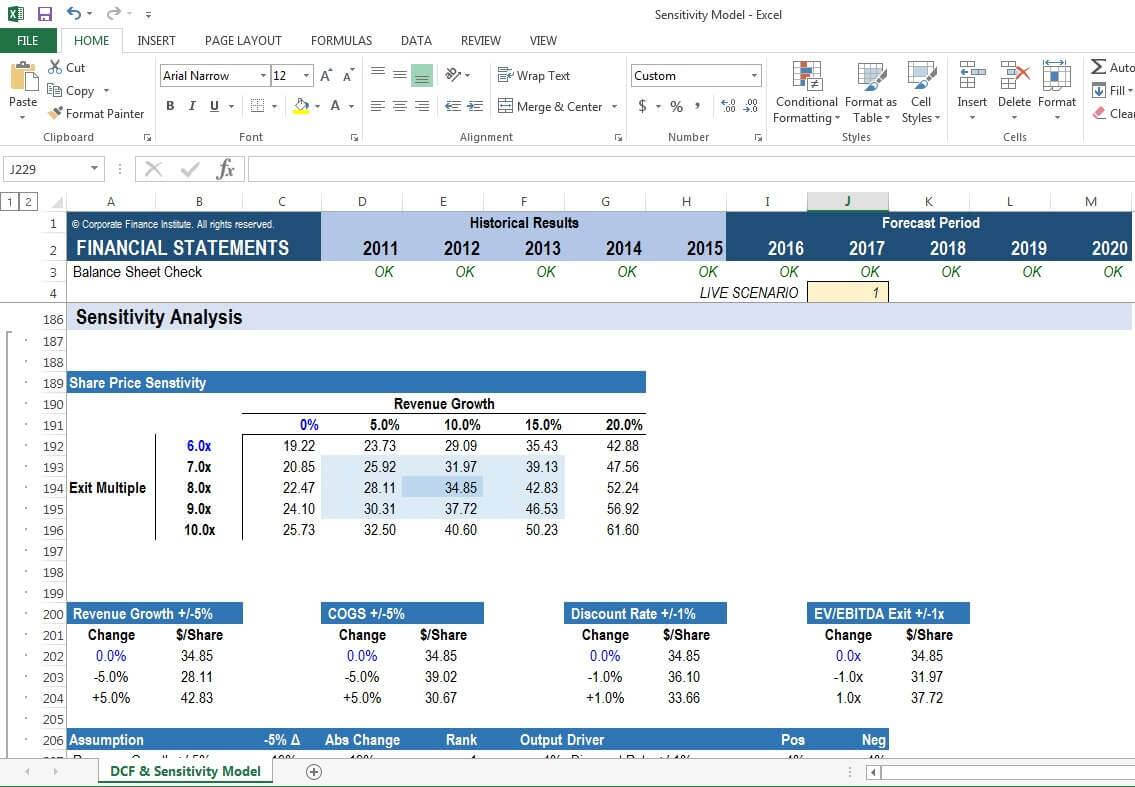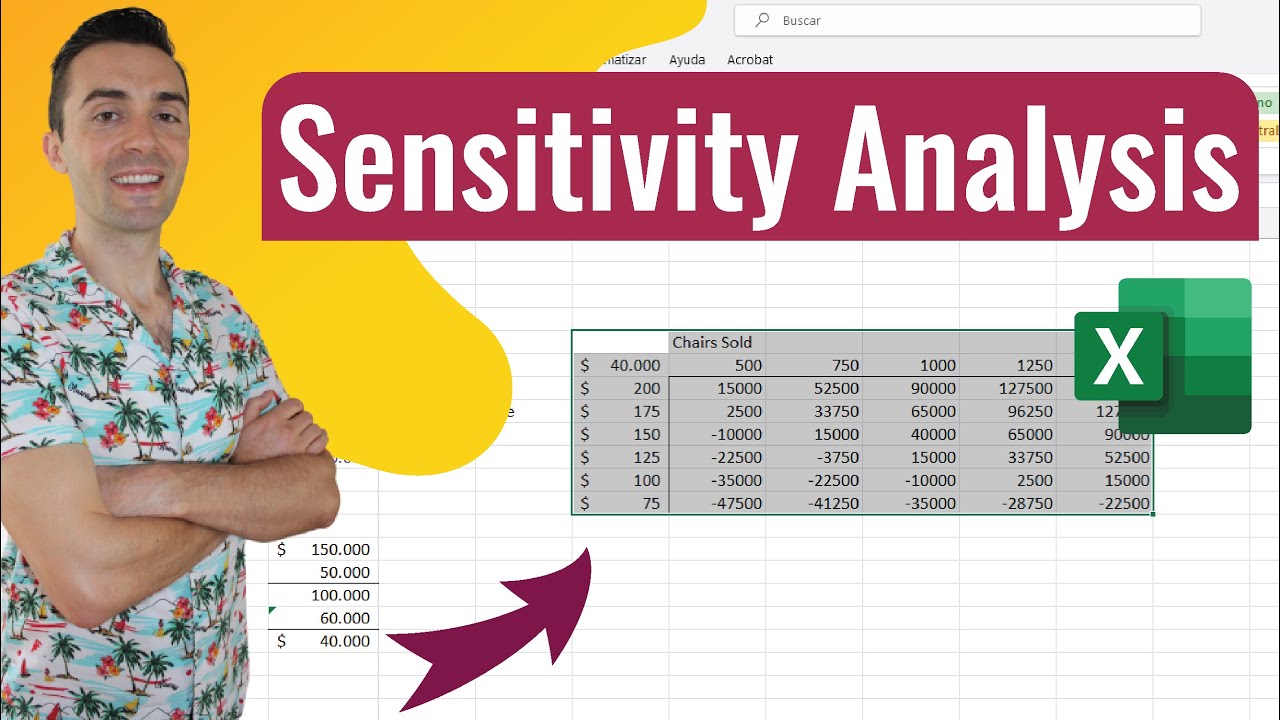Sensitivity analysis is a vital tool in decision-making processes, particularly in business and finance. It involves evaluating how the uncertainty in the output of a mathematical model or system can be allocated to different sources of uncertainty in its inputs. Essentially, it helps decision-makers understand the impact of varying input parameters on the overall outcome. In this article, we will delve into the intricacies of sensitivity analysis, its significance, and various methods used in conducting sensitivity analysis.
Table of Contents
Significance of Sensitivity Analysis
Sensitivity analysis plays a crucial role in risk management and strategic planning. By identifying the key drivers of a model’s output, it enables decision-makers to focus their attention on the most influential factors. This, in turn, allows for informed decision-making and allocation of resources. Whether it’s a new product launch, a financial investment, or a strategic business decision, sensitivity analysis provides valuable insights into the potential outcomes under different scenarios.
Furthermore, sensitivity analysis aids in assessing the robustness and reliability of models. It helps in understanding the limitations of the model by identifying the inputs that have the most significant impact on the results. This is particularly important in complex systems where a change in one input can lead to a ripple effect across the entire system.
Methods of Sensitivity Analysis
There are several methods used to perform sensitivity analysis, each with its own strengths and applications. Some of the commonly used methods include:
| Method | Description |
|---|---|
| One-Way Sensitivity Analysis | Examines the effect of varying one input at a time while keeping others constant. |
| Scenario Analysis | Assesses the impact of different scenarios on the model’s output. |
| Probabilistic Sensitivity Analysis | Incorporates uncertainty by assigning probability distributions to input variables. |
Each method offers unique insights into the sensitivity of the model and helps in understanding the potential outcomes under different conditions. By utilizing these methods, decision-makers can gain a comprehensive understanding of the risks and opportunities associated with their decisions.

Credit: corporatefinanceinstitute.com
:max_bytes(150000):strip_icc()/Sensitivity-Analysis-v1-003f8e24c62547bab3d1bd239f21c2b8.png)
Credit: www.investopedia.com
Application of Sensitivity Analysis
Sensitivity analysis finds application in various fields including finance, engineering, healthcare, and environmental studies. In the financial domain, it is used to assess the impact of changing market conditions on investment portfolios and business strategies. Similarly, in healthcare, sensitivity analysis assists in evaluating the effectiveness of medical treatments and healthcare policies under different scenarios.
Moreover, in environmental studies, sensitivity analysis is employed to understand the environmental impact of human activities and to formulate effective mitigation strategies. By identifying the most sensitive parameters, researchers can focus their efforts on the factors that have the most significant influence on the environment.
Frequently Asked Questions For Sensitivity Analysis
Faq 1: What Is Sensitivity Analysis And Why Is It Important In Decision Making?
Sensitivity analysis is a vital tool used in decision making to assess the impact of changes. It helps understand how variations in factors, like cost, revenue, or time, influence outcomes, enabling informed decision-making.
Faq 2: How Does Sensitivity Analysis Support Risk Assessment And Management?
Sensitivity analysis supports risk assessment and management by identifying the key variables that can significantly impact project outcomes. It helps anticipate potential risks, evaluate their implications, and develop strategies to mitigate them effectively.
Faq 3: Can Sensitivity Analysis Be Used To Optimize Business Strategies?
Absolutely! Sensitivity analysis helps identify the most influential factors affecting business strategies. By analyzing various scenarios, it enables organizations to prioritize actions, optimize resources, and align strategies with expected outcomes, fostering better decision-making and success.
Conclusion
In conclusion, sensitivity analysis is a valuable tool for decision-makers across various domains. It provides insights into the impact of varying inputs on the overall outcomes, enabling informed decision-making and risk management. By employing different methods of sensitivity analysis, organizations and individuals can better understand the potential risks and opportunities associated with their decisions, ultimately leading to more robust and effective strategies.
